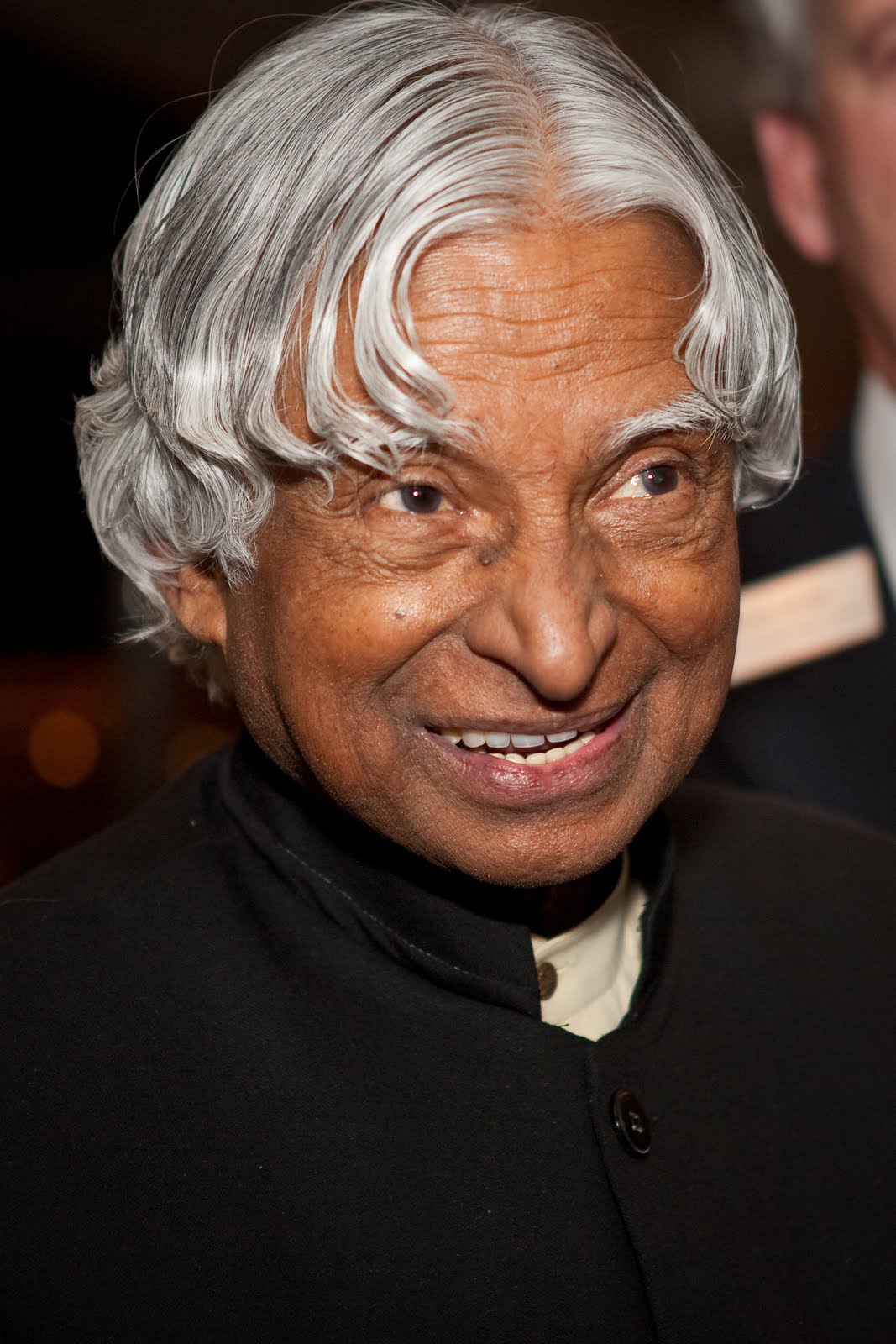Early life and Education
Avul Pakir Jainulabdeen Abdul Kalam was born on 15 October 1931 to a Tamil Muslim family in the pilgrimage centre of Rameswaram on Pamban Island, then in the Madras Presidency and now in the State of Tamil Nadu. His father Jainulabdeen was a boat owner and imam of a local mosque; his mother Ashiamma was a housewife.His father owned a ferry that took Hindu pilgrims back and forth between Rameswaram and the now uninhabited Dhanushkodi.Kalam was the youngest of four brothers and one sister in his family.His ancestors had been wealthy traders and landowners, with numerous properties and large tracts of land. Their business had involved trading groceries between the mainland and the island and to and from Sri Lanka, as well as ferrying pilgrims between the mainland and Pamban. As a result, the family acquired the title of "Mara Kalam Iyakkivar" (wooden boat steerers), which over the years became shortened to "Marakier." With the opening of the Pamban Bridge to the mainland in 1914, however, the businesses failed and the family fortune and properties were lost over time, apart from the ancestral home.By his early childhood, Kalam's family had become poor; at an early age, he sold newspapers to supplement his family's income.
In his school years, Kalam had average grades but was described as a bright and hardworking student who had a strong desire to learn. He spent hours on his studies, especially mathematics.After completing his education at the Schwartz Higher Secondary School, Ramanathapuram, Kalam went on to attend Saint Joseph's College, Tiruchirappalli, then affiliated with the University of Madras, from where he graduated in physics in 1954.He moved to Madras in 1955 to study aerospace engineering in Madras Institute of Technology.While Kalam was working on a senior class project, the Dean was dissatisfied with his lack of progress and threatened to revoke his scholarship unless the project was finished within the next three days. Kalam met the deadline, impressing the Dean, who later said to him, "I was putting you under stress and asking you to meet a difficult deadline".He narrowly missed achieving his dream of becoming a fighter pilot, as he placed ninth in qualifiers, and only eight positions were available in the IAF.
Career as a scientist
After graduating from the Madras Institute of Technology in 1960, Kalam joined the Aeronautical Development Establishment of the Defence Research and Development Organisation (by Press Information Bureau, Government of India) as a scientist after becoming a member of the Defence Research & Development Service (DRDS). He started his career by designing a small hovercraft, but remained unconvinced by his choice of a job at DRDO.Kalam was also part of the INCOSPAR committee working under Vikram Sarabhai, the renowned space scientist.In 1969, Kalam was transferred to the Indian Space Research Organisation (ISRO) where he was the project director of India's first Satellite Launch Vehicle (SLV-III) which successfully deployed the Rohini satellite in near-earth orbit in July 1980; Kalam had first started work on an expandable rocket project independently at DRDO in 1965.In 1969, Kalam received the government's approval and expanded the programme to include more engineers.
In 1963 to 1964, he visited NASA's Langley Research Center in Hampton, Virginia; Goddard Space Flight Center in Greenbelt, Maryland; and Wallops Flight Facility.Between the 1970s and 1990s, Kalam made an effort to develop the Polar Satellite Launch Vehicle (PSLV) and SLV-III projects, both of which proved to be successful.
Kalam was invited by Raja Ramanna to witness the country's first nuclear test Smiling Buddha as the representative of TBRL, even though he had not participated in its development. In the 1970s, Kalam also directed two projects, Project Devil and Project Valiant, which sought to develop ballistic missiles from the technology of the successful SLV programme.Despite the disapproval of the Union Cabinet, Prime Minister Indira Gandhi allotted secret funds for these aerospace projects through her discretionary powers under Kalam's directorship.Kalam played an integral role convincing the Union Cabinet to conceal the true nature of these classified aerospace projects.His research and educational leadership brought him great laurels and prestige in the 1980s, which prompted the government to initiate an advanced missile programme under his directorship.Kalam and Dr V S Arunachalam, metallurgist and scientific adviser to the Defence Minister, worked on the suggestion by the then Defence Minister, R. Venkataraman on a proposal for simultaneous development of a quiver of missiles instead of taking planned missiles one after another.R Venkatraman was instrumental in getting the cabinet approval for allocating ₹ 3.88 billion for the mission, named Integrated Guided Missile Development Programme (IGMDP) and appointed Kalam as the chief executive.Kalam played a major part in developing many missiles under the mission including Agni, an intermediate range ballistic missile and Prithvi, the tactical surface-to-surface missile, although the projects have been criticised for mismanagement and cost and time overruns.
Kalam served as the Chief Scientific Adviser to the Prime Minister and Secretary of the Defence Research and Development Organisation from July 1992 to December 1999. The Pokhran-II nuclear tests were conducted during this period in which he played an intensive political and technological role. Kalam served as the Chief Project Coordinator, along with Rajagopala Chidambaram, during the testing phase.Media coverage of Kalam during this period made him the country's best known nuclear scientist.
In 1998, along with cardiologist Soma Raju, Kalam developed a low cost coronary stent, named the "Kalam-Raju Stent".In 2012, the duo designed a rugged tablet computer for health care in rural areas, which was named the "Kalam-Raju Tablet".
To see the list of books published by Dr Kala, click here.
Presidency
Kalam served as the 11th President of India, succeeding K. R. Narayanan. He won the 2002 presidential election with an electoral vote of 922,884, surpassing the 107,366 votes won by Lakshmi Sahgal. His term lasted from 25 July 2002 to 25 July 2007.During his term as president, he was affectionately known as the People's President.
Death
On 27 July 2015, Kalam travelled to Shillong to deliver a lecture on "Creating a Livable Planet Earth" at the Indian Institute of Management Shillong. While climbing a flight of stairs, he experienced some discomfort, but was able to enter the auditorium after a brief rest.At around 6:35 p.m. IST, only five minutes into his lecture, he collapsed.He was rushed to the nearby Bethany Hospital in a critical condition; upon arrival, he lacked a pulse or any other signs of life.Despite being placed in the intensive care unit, Kalam was confirmed dead of a sudden cardiac arrest at 7:45 p.m IST.

